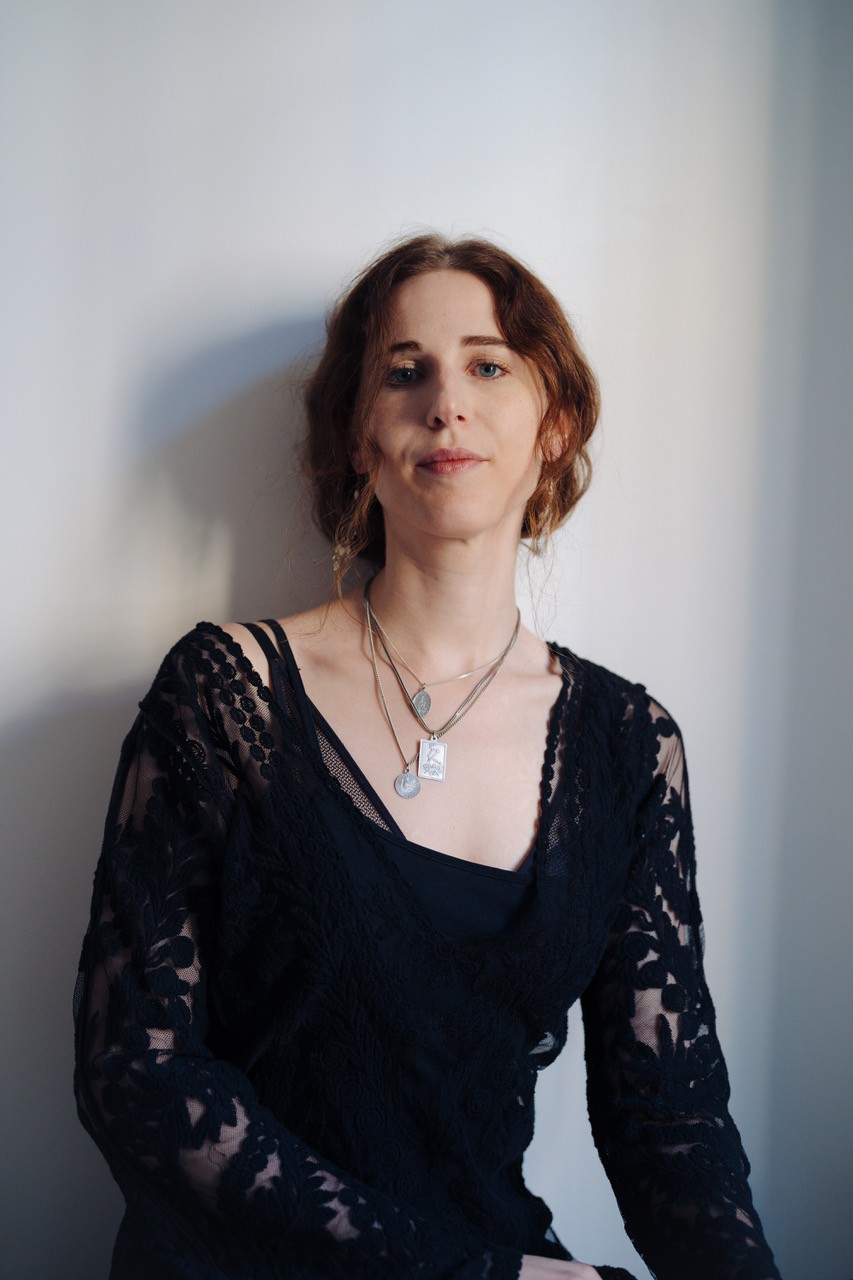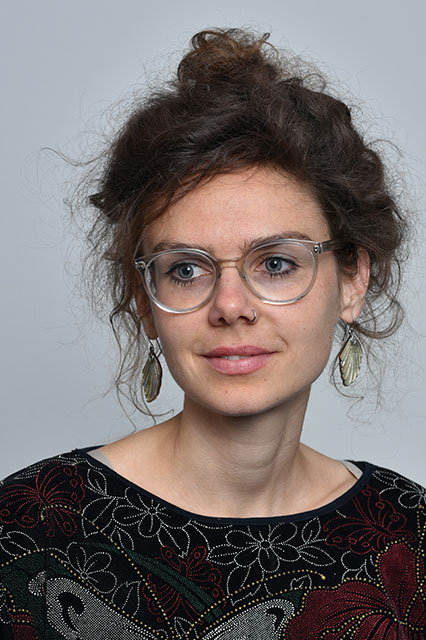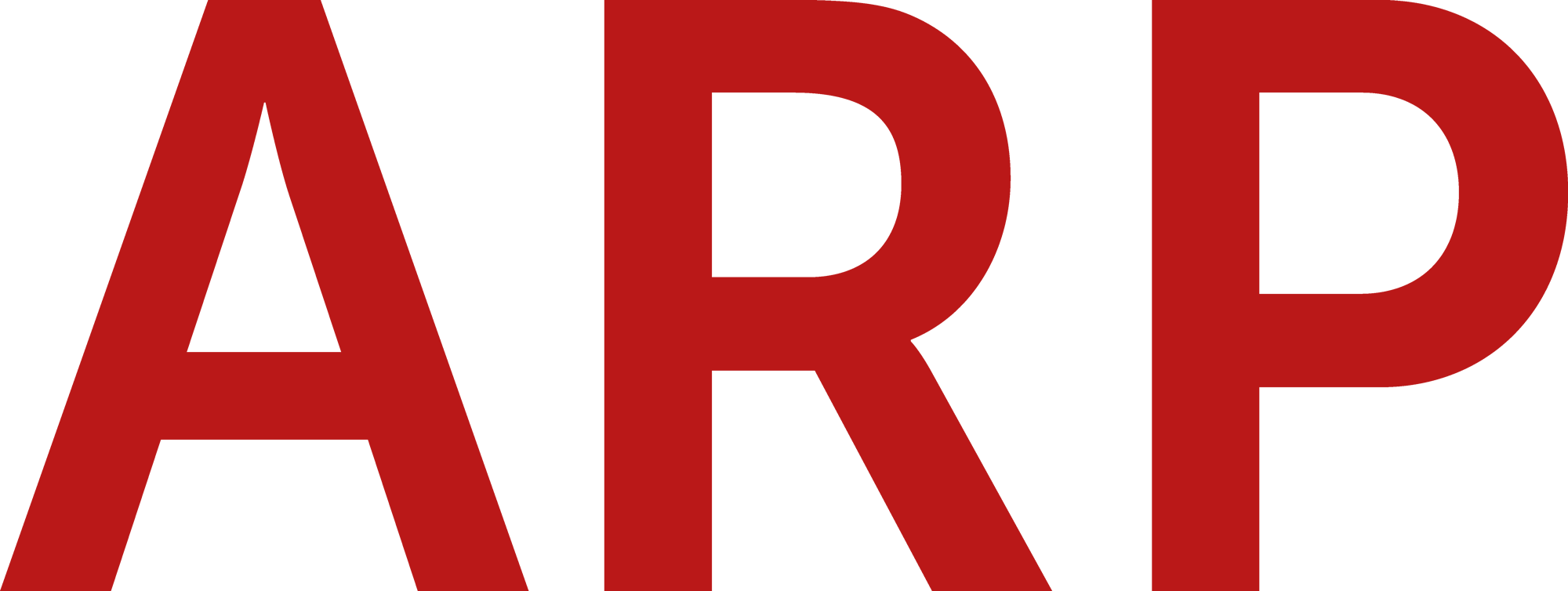2025

JACKIE GRASSMANN
Artist, Berlin
Missing Number Six Plastic / Plastique
Collectivity, Text, and Resistance: Sophie Taeuber-Arp as Publicist
In this research project, I explore Sophie Taeuber-Arp’s work as a publicist, particularly in her role as editor of the journal Plastique (1937–1939). I see her publishing activities as a decidedly artistic practice that extends far beyond the traditional understanding of art and encompasses collective and political aspects as well as the cultivation of creative and personal connections. Specifically, I view the curation, design, and communication within the project as part of a feminist artistic praxis that brings traditional hierarchies and invisible “care work” into focus. Taeuber-Arp made Plastique a site of resistance against increasing political repression and offered modern artists a platform for collaboration. Yet the rise of Fascism in Europe and the outbreak of the Second World War ultimately halted its publication.
Although Hans Arp made efforts to realize the sixth issue after Taeuber-Arp’s death, they never came to fruition. This is the starting point for Missing Number 6. Together with my collective GAS, I would like to produce a publication that explores the unrealized sixth issue of Plastique, translating the historical project as well as Taeuber-Arp’s approach as a publicist to the present. In doing so, I would like to explore three key themes: collectivity, text, and resistance. These themes are not only reflected in Plastique but also in my own praxis, which strongly emphasizes collective work and the significance of text as an artistic medium while understanding publishing as a political praxis.
In the planned GAS publication Missing Number 6, I will offer a new interpretation of Plastique and invite several artist colleagues to react to its contents. The publication will encompass writing, poetry, graphics, and text-based art, and reflect upon the relevance of Plastique’s political position to our current situation. In addition to my role as editor of Missing Number 6 in collaboration with my GAS colleagues, my contribution to the publication will be the translation of L’homme qui a perdu son squelette into German and the formulation of an artistic response to the collective novel.
The title Missing Number 6 refers not only to the issue that was never published but also the absence of a certain type of art and journalism that is urgently needed again today. In my research, I would like to explore how the concepts of collectivity, text, and resistance in Plastique can be reinterpreted for the present as well as the influence of Sophie Tauber-Arp’s work as a publicist has on today’s art publishing.

NOEMI SCHERRER
Ph.D. candidate, University of Basel, curatorial assistant, Kunstmuseum Basel
Sophie Taeuber-Arp: Abstraction, Social Community, and the Performance of Female Subjectivity
This research project is part of my monographic dissertation on Sophie Taeuber-Arp’s turn to non-objective art. My art historical analysis of her oeuvre begins in the early 1920s, when Taeuber-Arp was recognized as an independent artisan working in a variety of media and as an instructor at the applied arts school in Zurich, and follows her path to becoming a visual artist in the early 1930s, when she made abstract paintings and reliefs.
My primary aim is to examine the complex and dynamic relationships between abstraction, social community, and the performance of female subjectivity—that is, between art and life. Through this methodical interweaving of artistic form and lived experience, my dissertation’s micro-historical approach promises to fill a significant gap in the Sophie Taeuber-Arp literature while providing important perspectives on the politics of international abstraction and modern art during the interwar period. By focusing on the 1920s, my dissertation will shed light on an understudied phase in Taeuber-Arp’s journey to abstraction and argue for the significance of this very abstraction for the development of a female poetics of community.
Central to my research project is the examination of the artwork and the wide-ranging literature on Sophie Taeuber-Arp at the Stiftung Arp e.V. in Berlin, in particular the archival holdings on the artist and her social and artistic milieu in the 1920s and 1930s. These materials encompass the largely unpublished collection of (biographical) photographs of Sophie Taeuber-Arp with her partner Hans Arp and friends and family, her “presentation album” from around 1930, correspondence, and contemporary documents like exhibition publications, manifestos, reviews, and newspaper articles. During the planned three-month research period, Taeuber-Arp’s relationship and community with Hans Arp will be a focus, especially his roles as the “first” art historian to examine her oeuvre and as her artistic collaborator, which he continued even after her death.
